Rajdoot Yamaha RD 350: A Cult Bike from Yesteryear
Images: Abhishek V.S.
The story of the RD350 begins during the 1970s when Yamaha Motors, Japan, launched the RD350 B, which was a cleverly disguised version of the Yamaha 350s that had won at Daytona, Spa, Laguna Seca, Talladega, Imola and several other famous races. In those years, the RDs used to beat 750cc four-stroke machines regularly using its superior power-to-weight ratio. This made it more of a road racer, rather than a street bike, as it was patterned after the Yamaha TZ350 racing machines.

The success story wasn't the same when the RD was launched in India by Escorts India Ltd in 1983, badged as the Rajdoot 350. The Rajdoot Bobby, when launched, appeared in the Hindi film Bobby, a love story under the RK films banner, during the winter of 1973. Following in its footsteps, filmmaker Subhash Ghai’s Hero (1983), another romantic Hindi film, was released coinciding with the launch of the Rajdoot RD 350. The Escorts factory premise in Faridabad is shown in a few scenes, followed by a bike race that is predictably won by Jackie Shroff, the film hero.
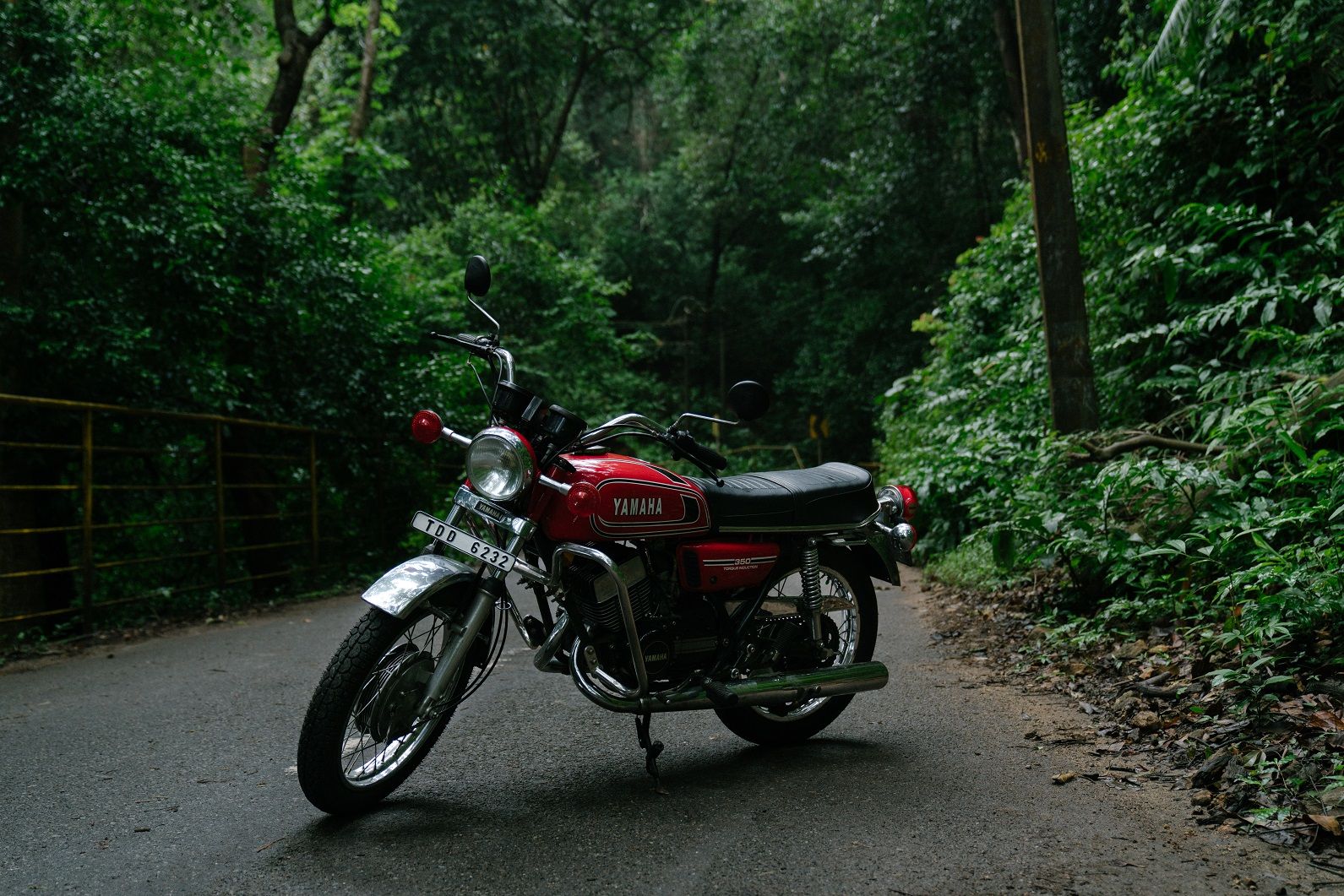
Escorts Ltd had to succumb to the then government diktat that prohibited the use of a foreign brand name and hence they decided to use their decades old Rajdoot marque. The initial batches were imports from Japan, dubbed as the 30.5bhp High Torque version, even though the Rajdoot documentation mentions it as stock engine. The enthusiast calls these initial bikes as High Torque.
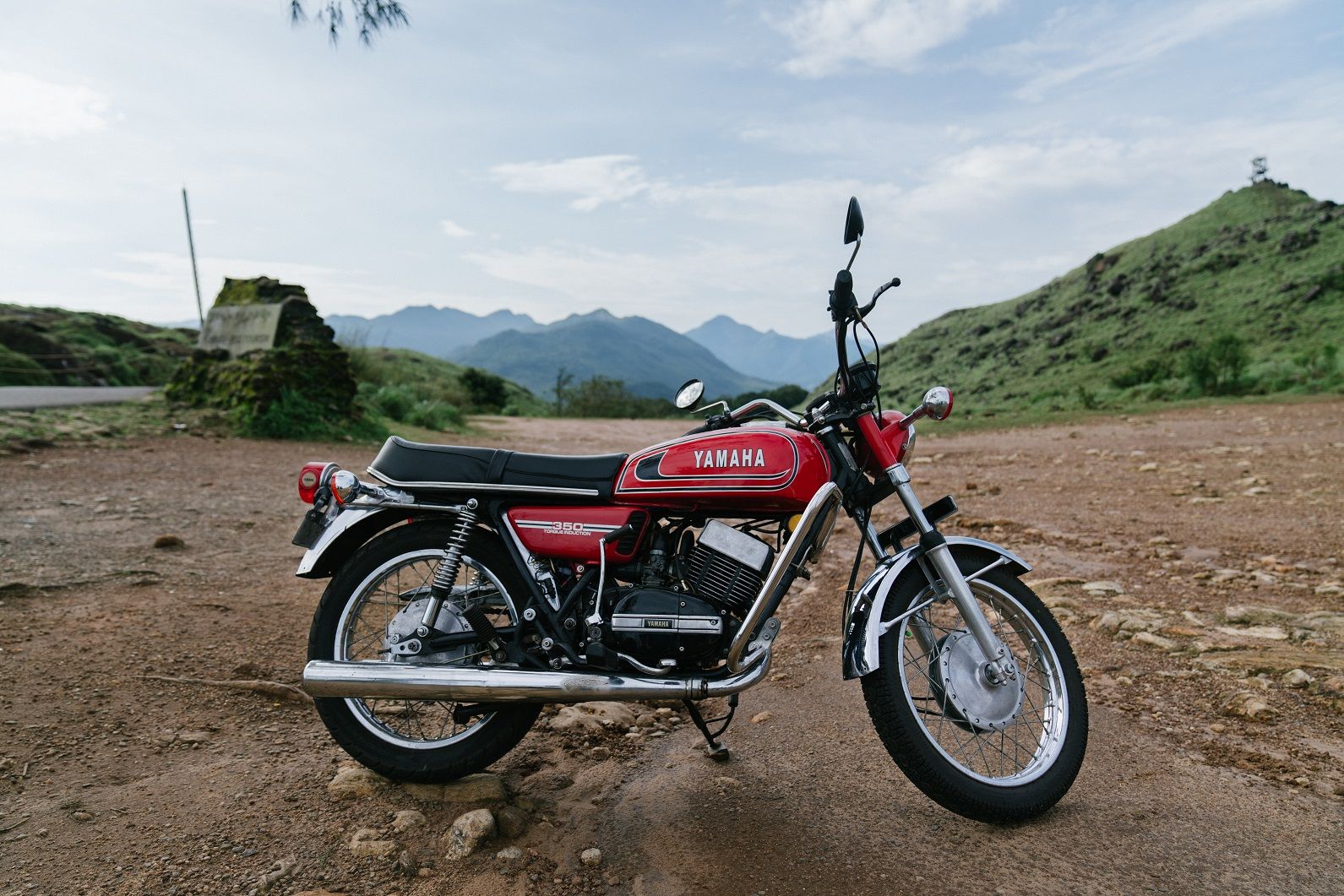
Soon after, these were localised and a detuned version (26.5bhp ± 10 percent) was called the LETI (Low Torque as popularly known). It will be fair to say that 1980’s Indian market was not ready for a motorcycle like the RD, and it never replicated its global success in India. Like all other classics, the initial period after the production stop was a period of decline for the RD, but that period did not last long as enthusiasts around the country started getting devoted to everything RD and soon after, the bike achieved nothing short of a cult status.
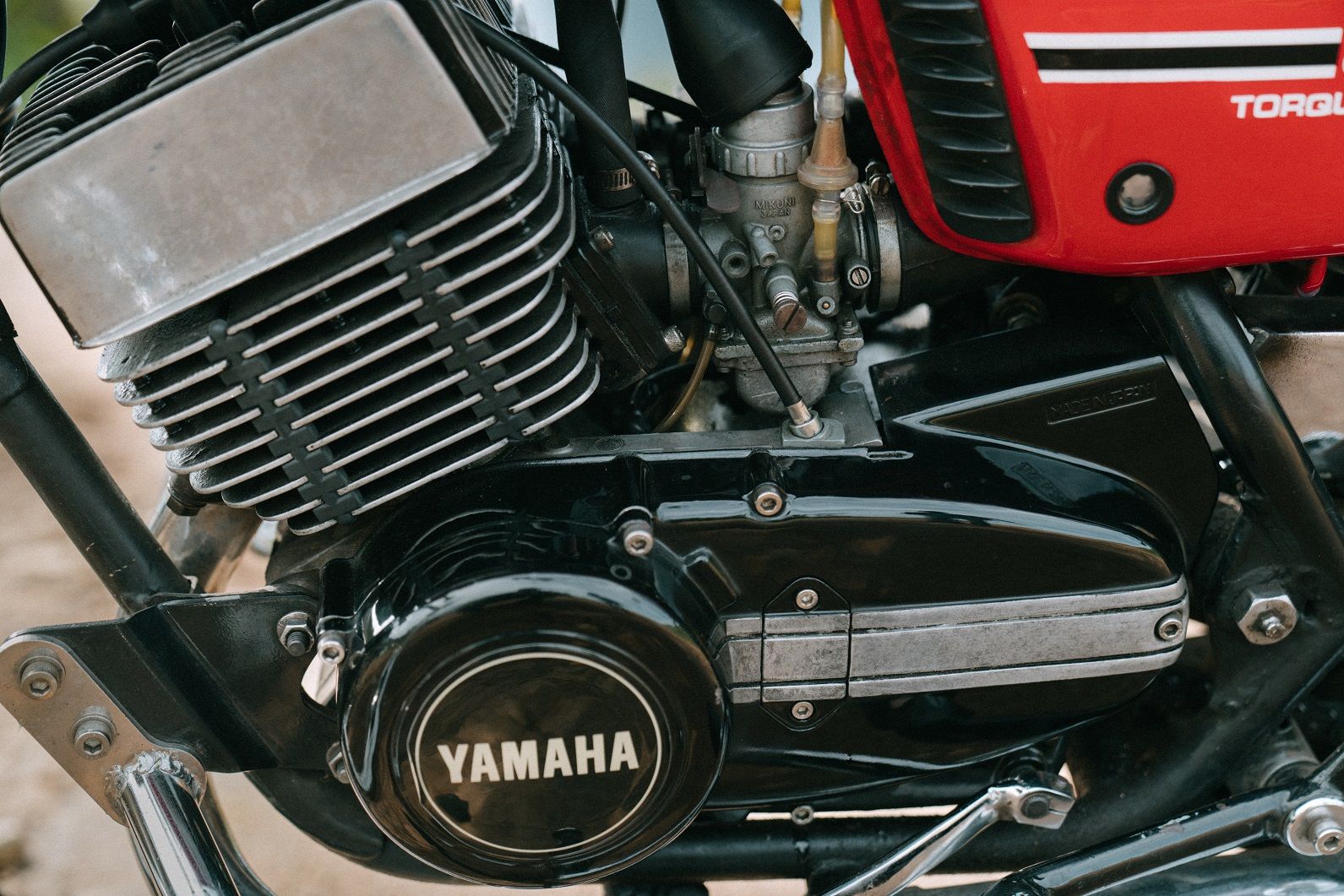
The resale value of the iconic Yamaha has gone through the roof over the years. It now commands multiple lakhs to get hands on a decent condition RD. A mint example commands prices equivalent to a premium car. For the money, we must shell out today for a decent RD, it’s no quicker than a KTM 390 Duke and as far as the rider aids and handling are concerned, modern bikes are on another dimension altogether.
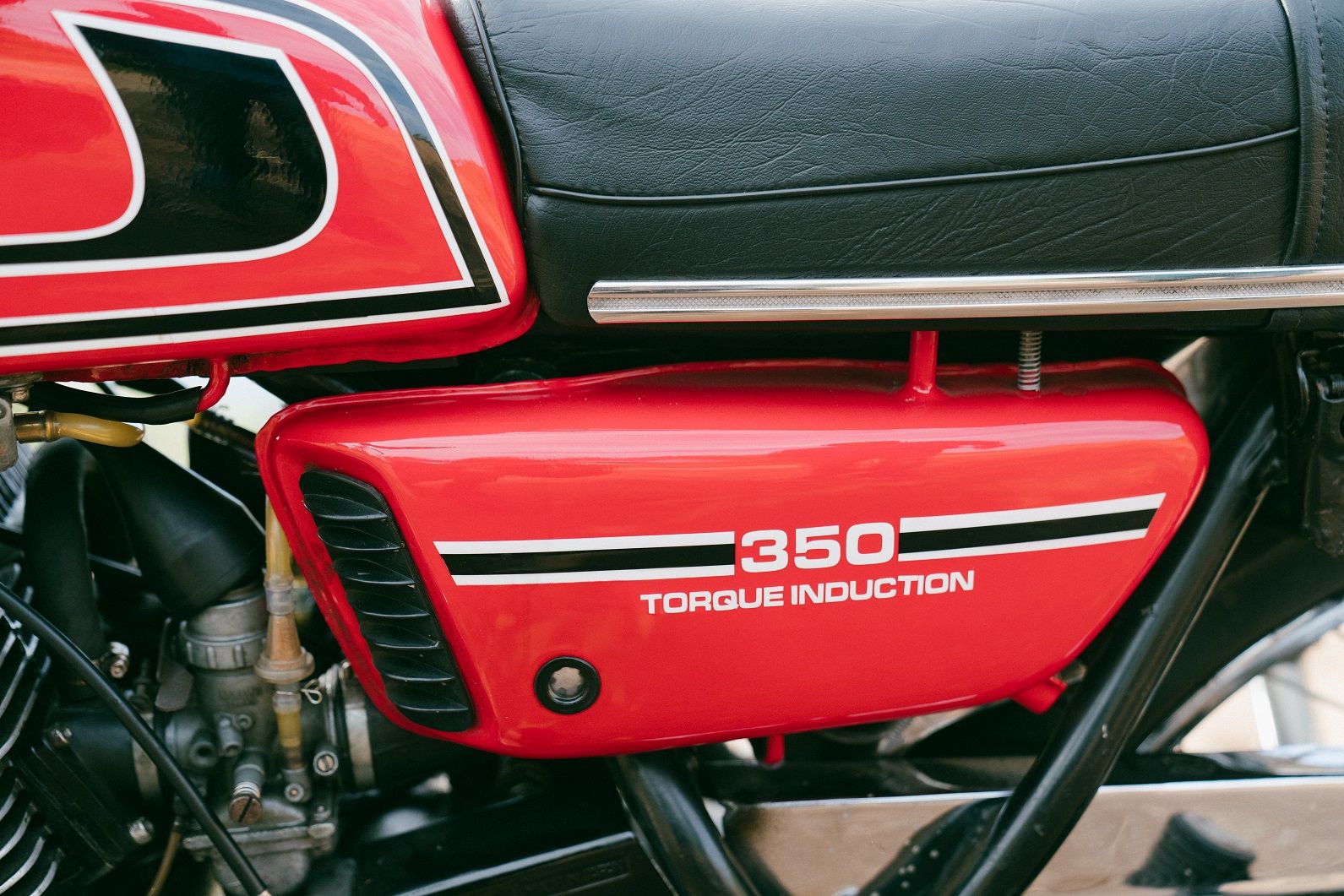
Hence, it’s not out-and-out performance that the enthusiast craves for from the RD. It’s the sensory overload when one rides this machine, which is unlike anything in the current market. A RD will touch our senses in a way none of the current crop of motorcycles can!

It’s an absolute beauty of a bike, the twin silencer sound, which is called the RD roar, smell of the burning 2T mixed gasoline, feeling the throttle tightening up when the bike hits the power band. All of this is delivered to the rider when the timing is correct, twin carbs are perfectly in sync and roads are wide open. When all these parameters are right, an RD will literally set your hair on fire.
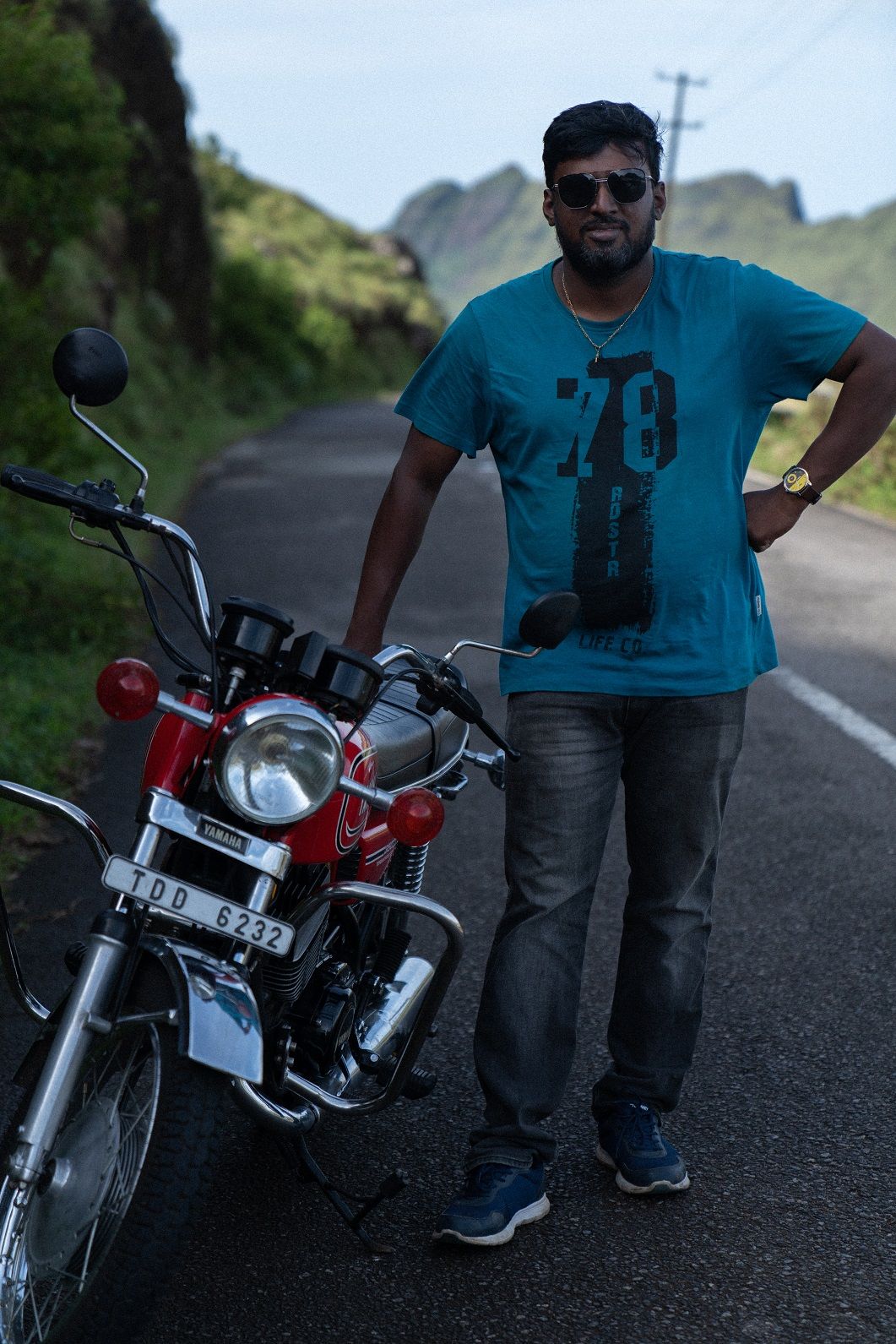
RD hitting the power band on every gear, and all the way to 6th, through an open road is a sensation which no word can describe. It’s such an adrenaline rush on the RD which makes the enthusiast pay absurd money on 30+ year-old motorcycles. It’s that on/off nature of the two-stroke parallel-twin—one minute you’re doing city speeds, the next instant when it hits the power band, she will be ripping savagely through the remaining five gears unlike anything else.
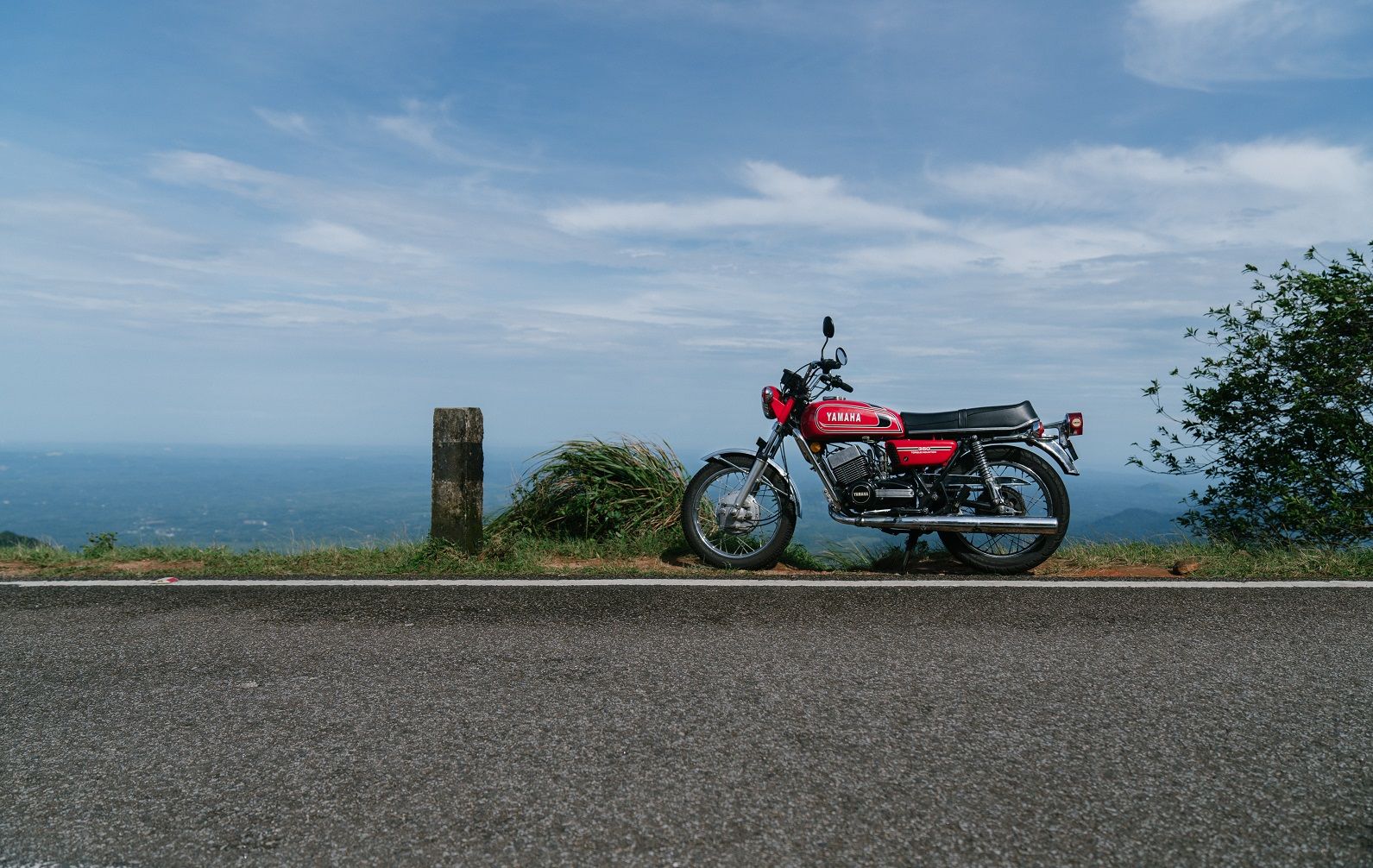
Coming to the RD featured here, this beauty belongs to Justin Das, an enthusiast who is more into classics. Other than the RD, he owns a CB350 Twin, Yezdi 250 CL ll, Lambretta Li 150 and a Fiat 1100 Delight. His quest for RD started during 2004 when the market price for an RD was Rs 40,000, which was on the higher side during the period. His brother ensured the funding part and he started to search around for a good example but because he was not able to strike a deal, peer pressure compelled him to go for a new bike for this kind of money.
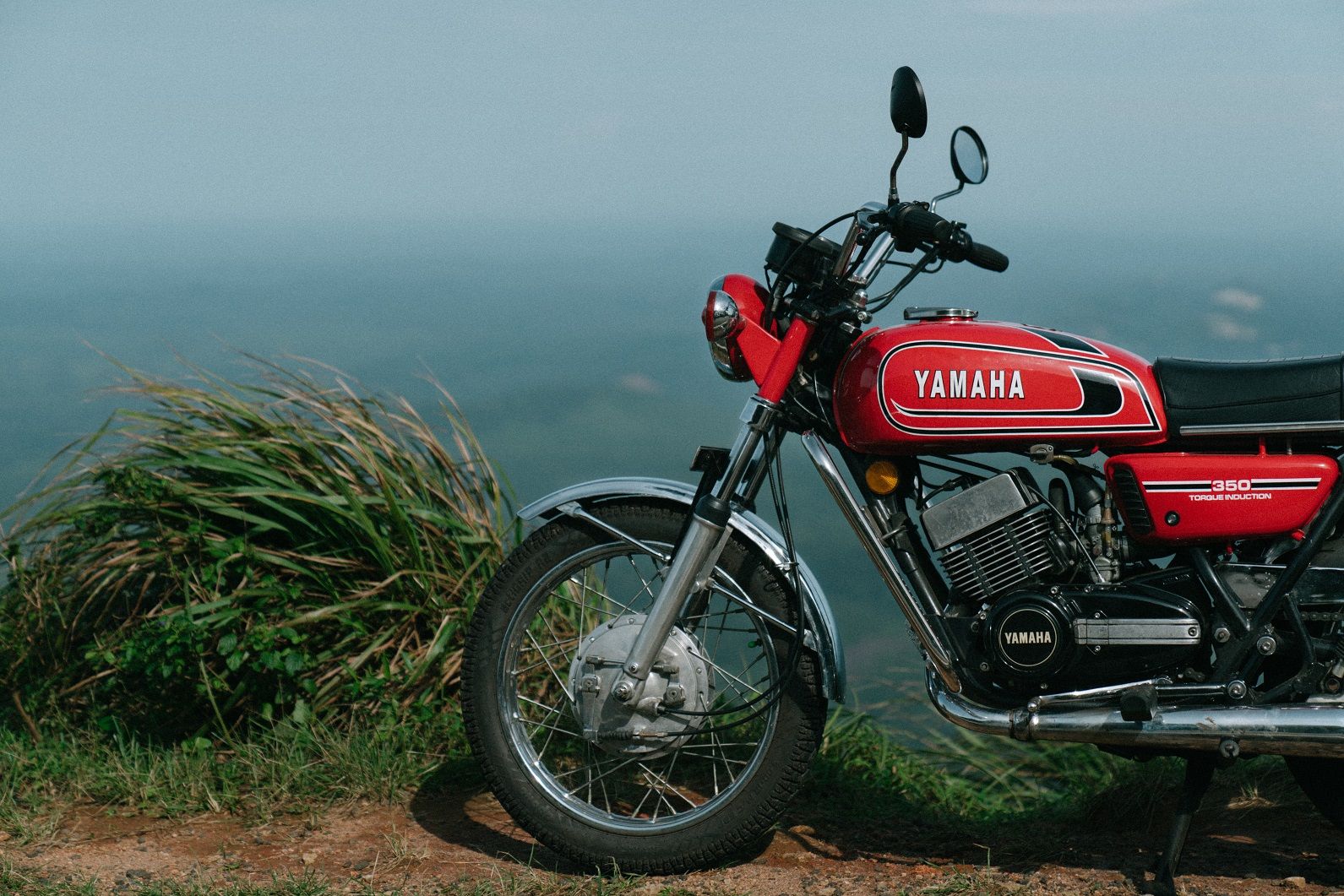
He yielded to popular opinion. Time passed and RD remained a dream for him, and its prices started sky rocketing. But his hunger for the RD never weaved off; it grew as time passed and finally he took a decision to get one, no matter what, after so many years of saving. He eventually sourced one with the help of like-minded automotive enthusiast friends.
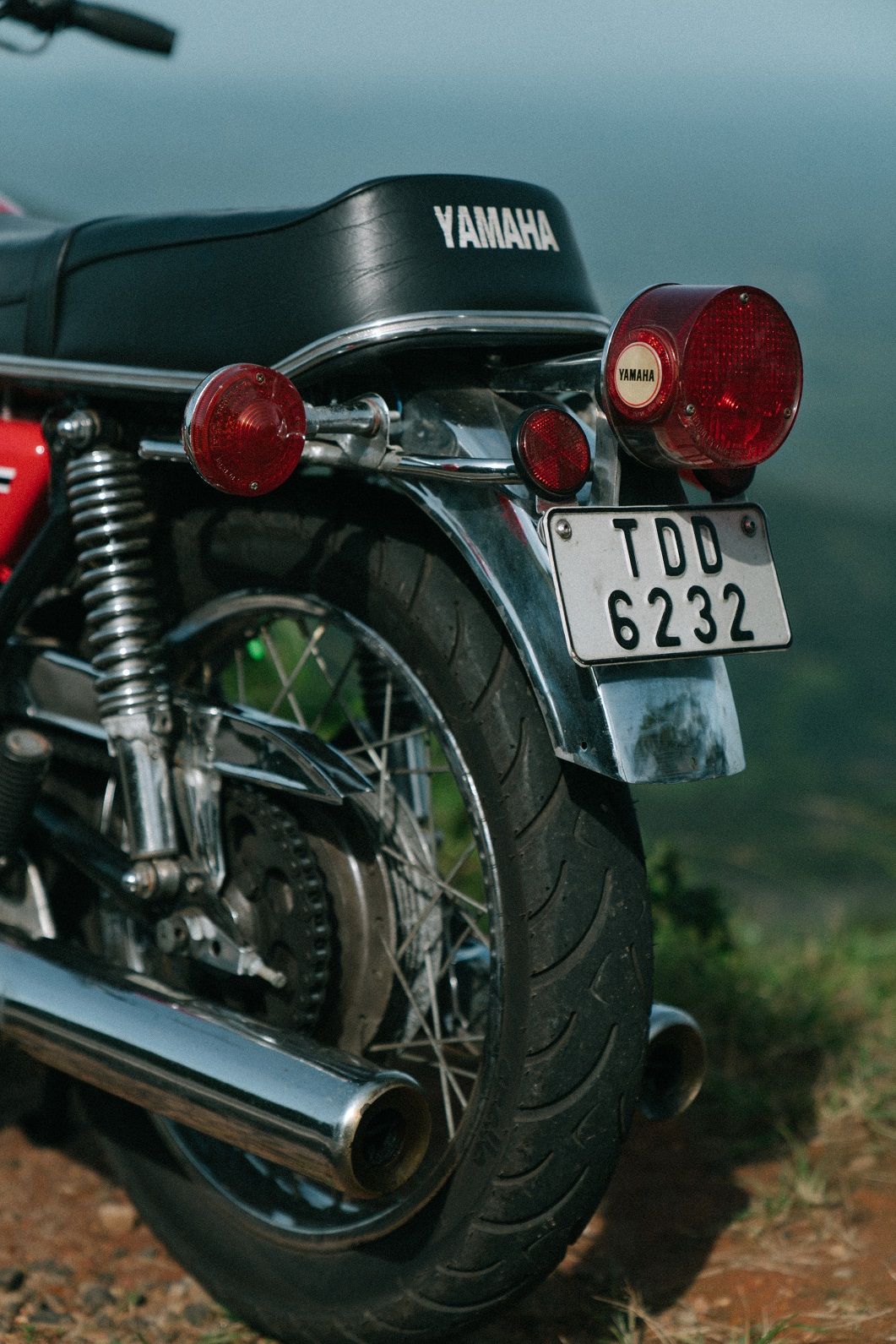
During the purchase, the bike had CDI Ignition, Mickcarbs, Thunderbird taillamp assembly, missing 2T auto-lube pump, RX combination switches, RX 100 headlight, aftermaket meters, handlebar, and fabricated seats. With the help of Sajeev Sreedhar, who is an acclaimed RD specialist from Trivandrum, Das started to find the missing OE parts one by one. Sajeev Sreedhar was the inspiration behind changing CDI to Points Ignition, Mikcarbs to Mikuni Japan and fabricated seats to original RD seats.
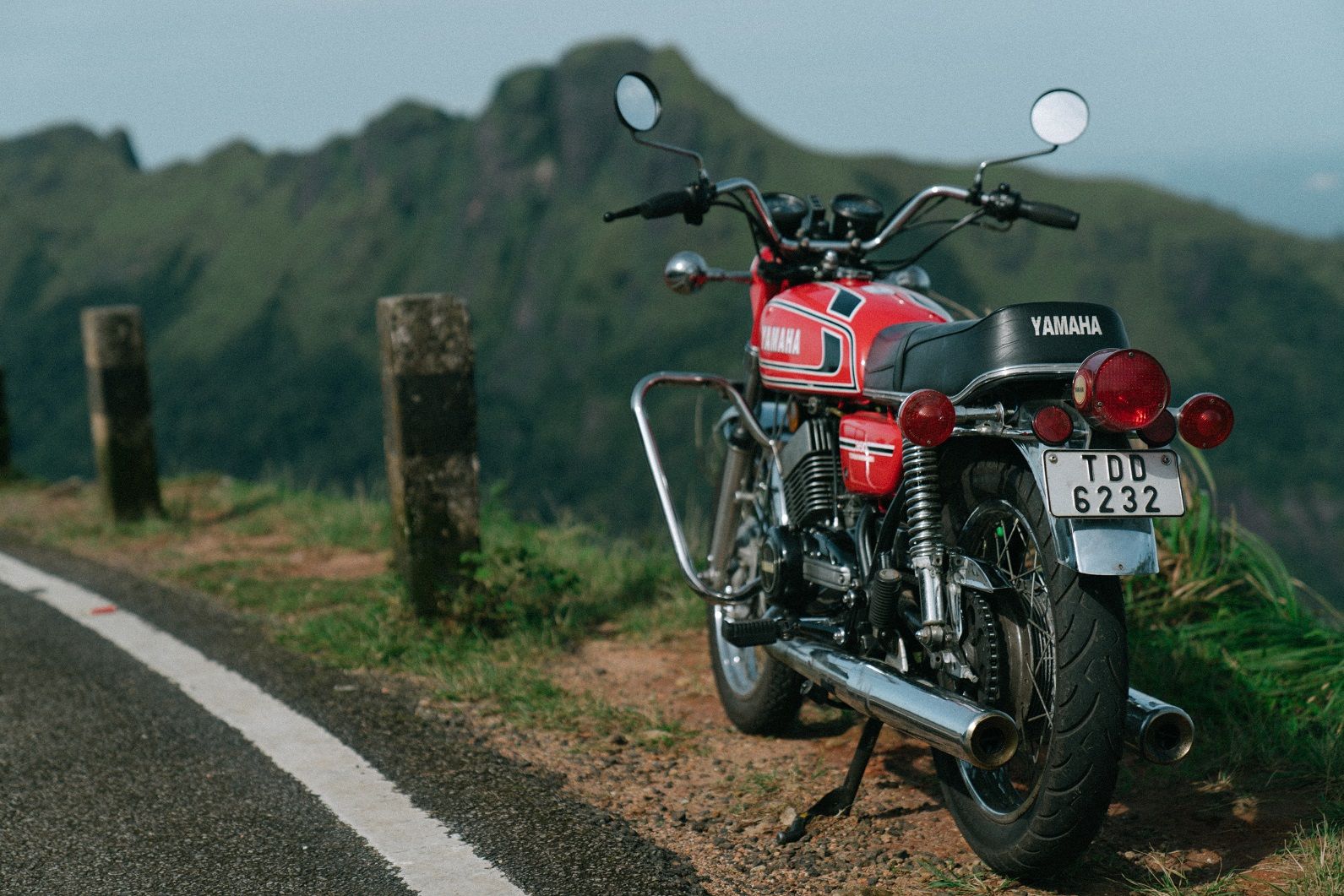
Things didn’t end there. A 2T pump was installed, clutch basket was replaced with a Wiseco Forged Unit, the RX100 Combination Switches were replaced by US-spec switches. Original handlebars, Pricol meters, headlamps and ignition switch were sourced and fitted.
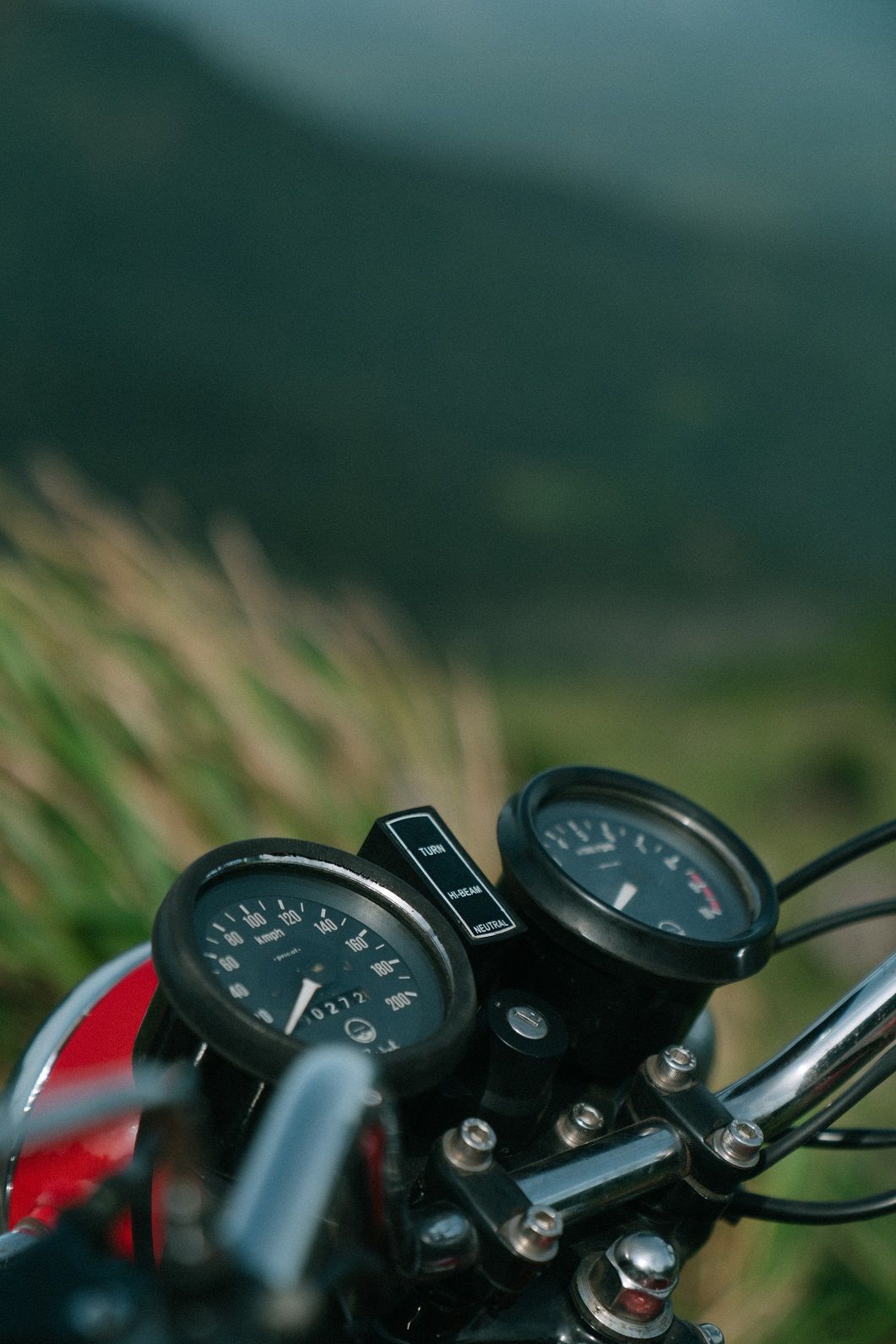
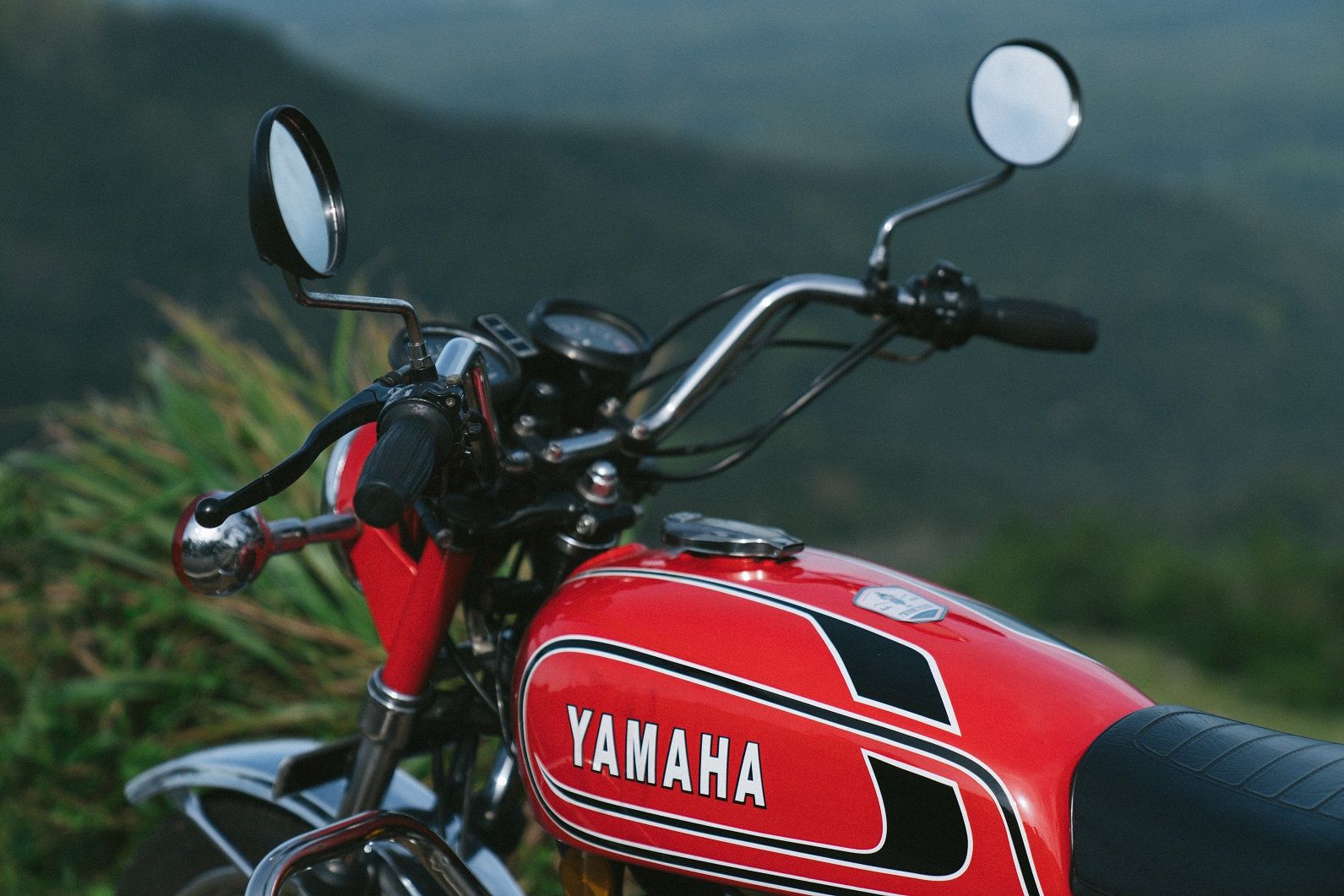
It took almost five months to get the bike completely re-wired, and the parts installed. But once everything was done, she proved to be everything worth waiting for: a full blown, stock Rajdoot/Yamaha RD 350.
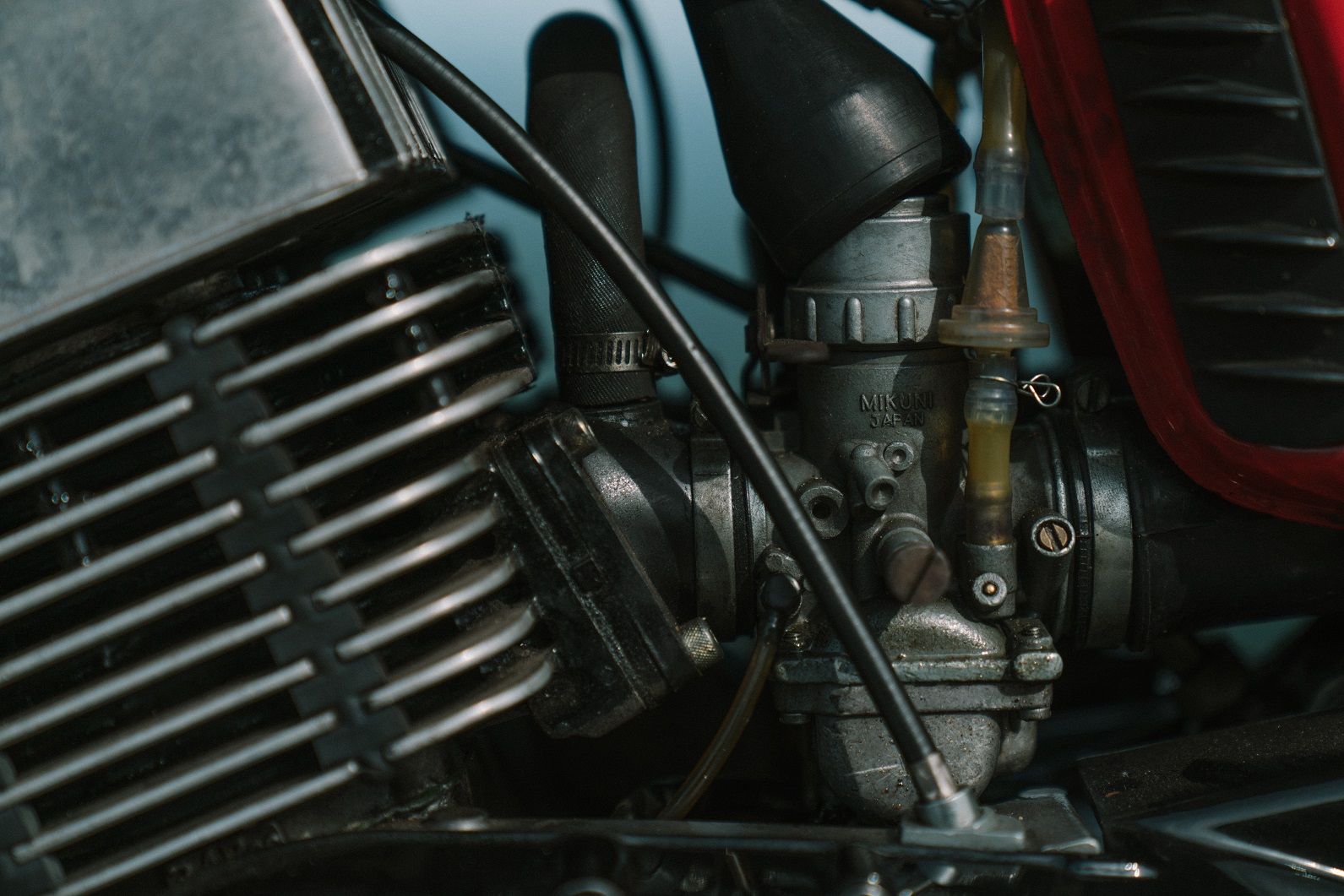
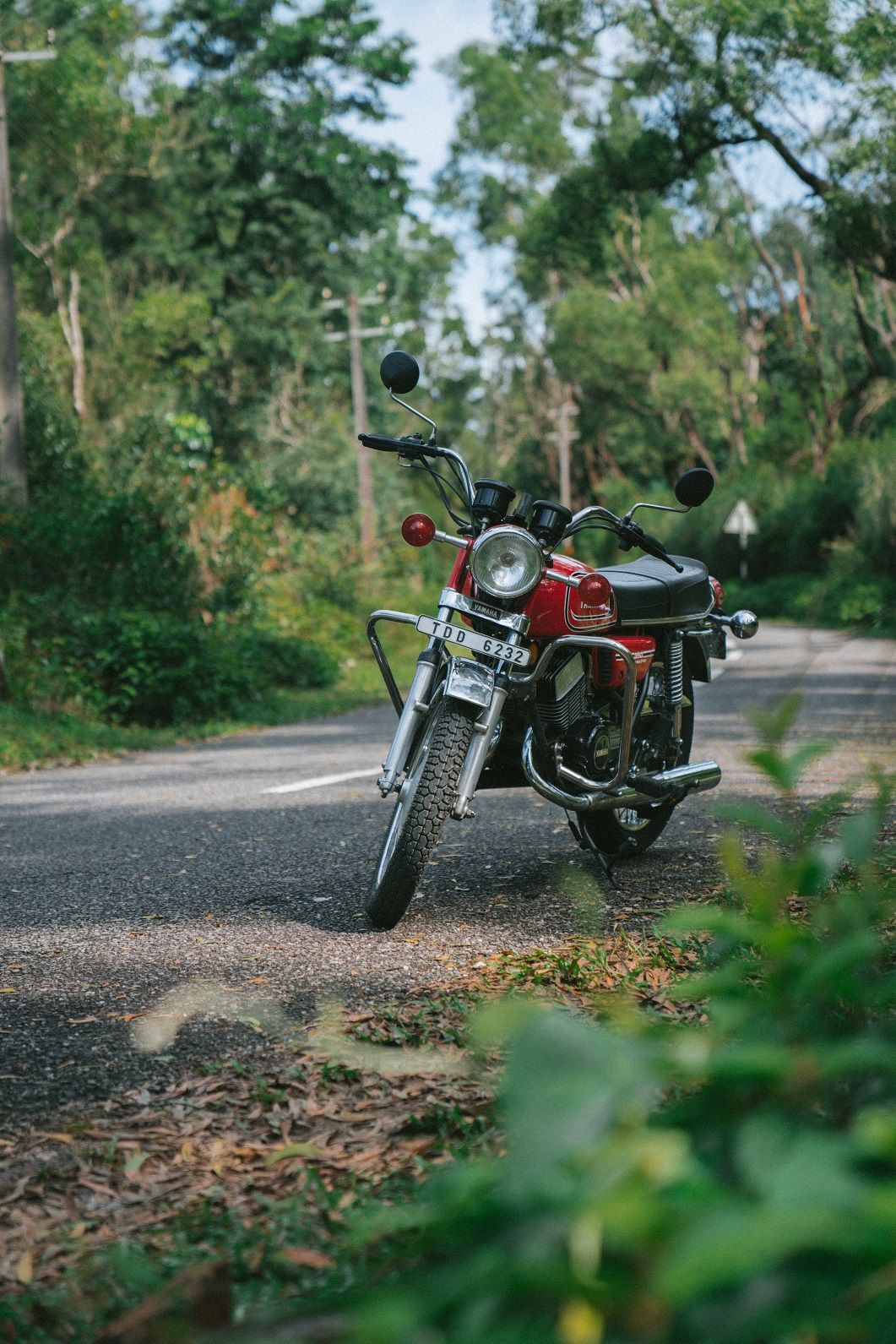
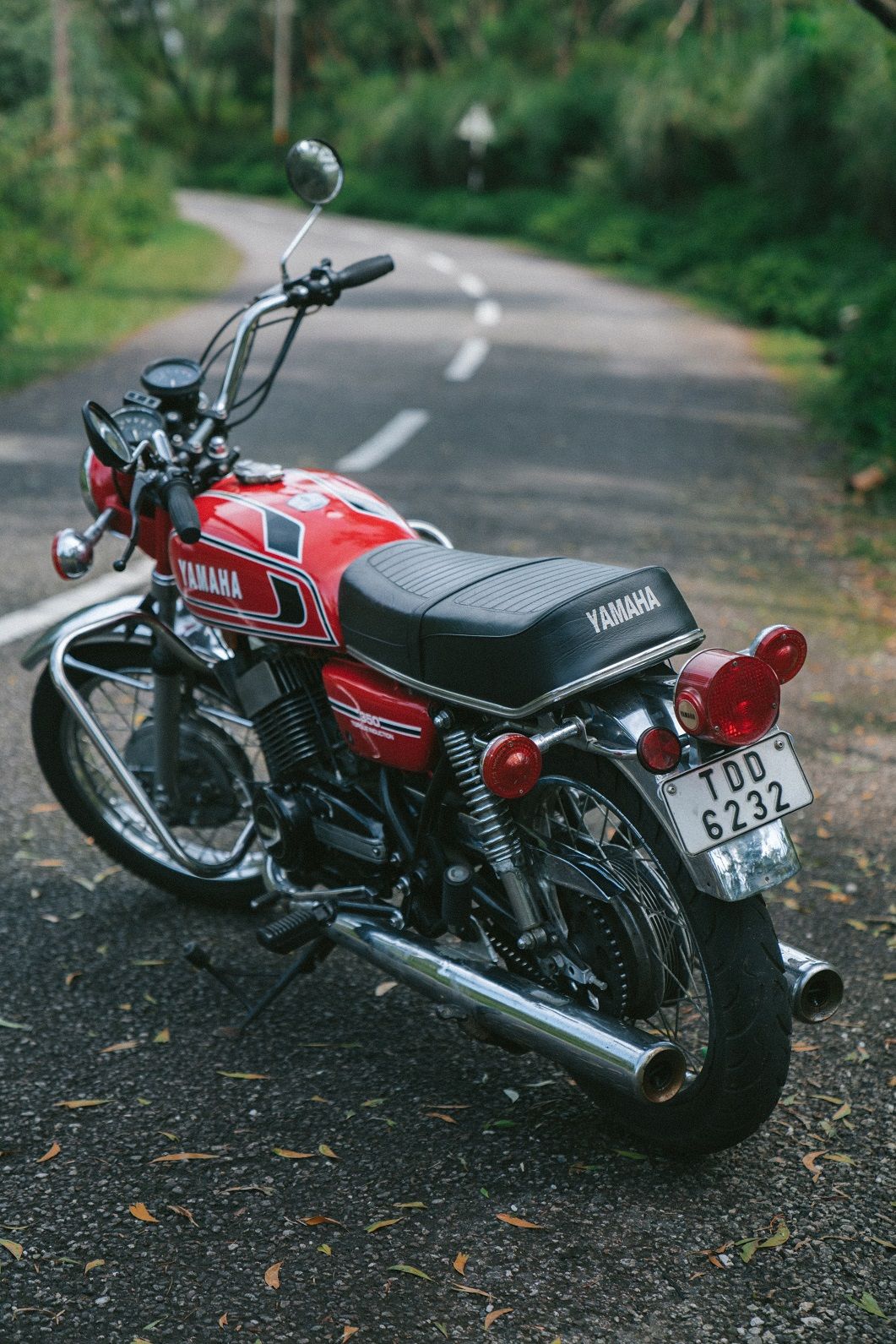
Comments
Sign in or become a deRivaz & Ives member to join the conversation.
Just enter your email below to get a log in link.
